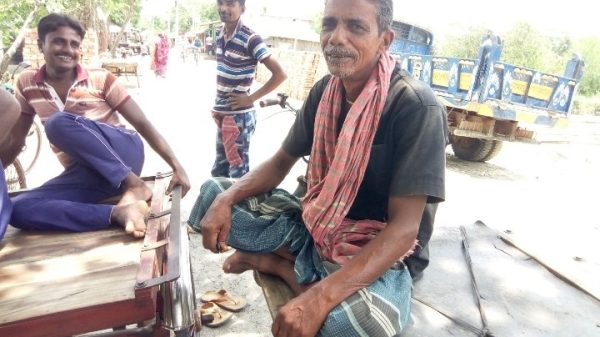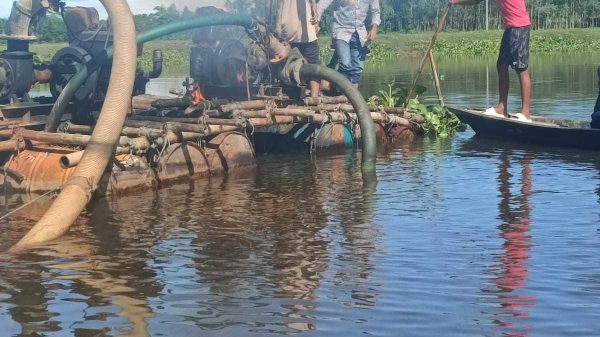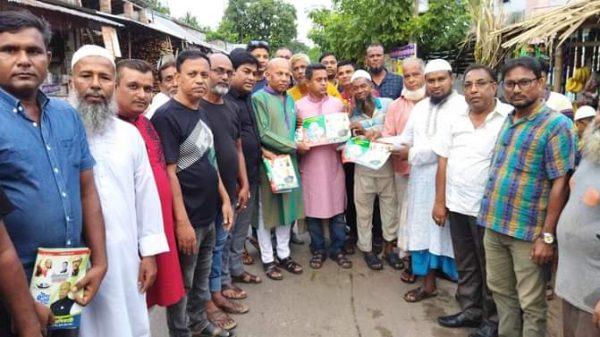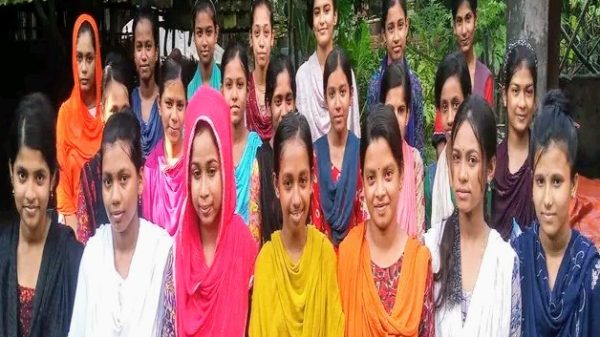- E-paper
- Bangla Version
July 27, 2024, 8:24 am
In Rangpur region this time additional expenditure of 172 crore rupees is spent on boro farming.
- Update Time : Saturday, January 21, 2023
- 140 Time View

In Rangpur region this time additional expenditure of 172 crore rupees is spent on boro farming. Saifur Rahman Shamim, Kurigram :
Load-shedding even in winter, worried farmers Compared to last year, the farmers of Rangpur region will have to bear an additional cost of about 172 crore rupees in boro cultivation this year. With the increase in the price of diesel and electricity, the cost of irrigation alone will increase by Tk 15 crore 20 lakh. Also, by increasing the fertilizer, pesticides and labor wages, the production of boro per bigha land will cost an additional 4500 taka.
60% of the people’s supply of rice comes from Boro season. And more than half of this rice supply goes from the northern region. However, due to the increase in the price of diesel in the middle of last year and the increase in the price of electricity at the beginning of this year, the cost of boro production is increasing for the farmers in this season compared to last season.
Shamchul Haque, a farmer in Takyarpar area of Ward No. 9 of Rangpur city, said that now time is running out in the preparation of Boro land. However, with the increase in diesel and electricity prices, additional money will have to be provided for irrigation. And this will increase the cost of production. Bulbul, Zahurul and Taher, farmers in Sariyatal area of Ward No. 33 of the city, said that the price of everything has increased. None of them match their previous prices.
Prices of fertilizers, seeds, pesticides are also high. There is also a labor shortage in winter. If labor is available, wages are higher. Last year, the price of diesel increased.
This time to increase the price of electricity, the cost of production will increase. If the prices continue to rise like this, the farmers will die in the fields to bear the additional cost.
Akramul Islam, a farmer in Paran area of Tambulpur union of Pirgacha upazila, said that we do not have our own land. I cultivate the land of Mainsh. I don’t see cows, I cultivate tractors. Elato Sogere is more expensive. Fertilizer, seed and water costs are increasing. The way diesel prices and electricity prices have increased, poor farmers like Hama should not be left behind.
Mizanur Rahman, a farmer of Gangachara upazila, said that the government should have decided the price of diesel and electricity by thinking about agriculture and farmers. But no one is doing that.
Now the pressure is on farmers to increase the price of diesel-electricity. Thus, if the cost of production increases every year during Boro season, then we have to think about other things besides farming.
During the winter season, when the farmers are busy with cultivation, uninterrupted power supply is disrupted in the surrounding districts including Rangpur. Due to the lack of proper electricity supply, the productive institutions including agriculture are in trouble.
For the past few days, the complaints are increasing as the load shedding continues for hours. The answer to the question of why such a sudden power failure is not immediately available from Nesco officials. However, the employees said on condition of anonymity that the power supply is disrupted due to problems in the national grid. They claim that the situation will return to normal within a few days.
Meanwhile, the farmers said that in the last Boro season, the cost of irrigation per bigha was Tk 1200, this time it has increased to Tk 1600.
200 per kg of seeds, this time it has become Tk 350. Apart from this, land preparation 900 to 1300, fertilizer cost 2000 to 3500, pesticide 600 to 1000, paddy planting 1000 to 1500, paddy cutting and threshing 3000 to 4000 Tk.
5000 rupees will be added to the land rent. Accordingly, the production cost of boro in one bigha of land last season was 14 thousand 900 taka. And this year it will stand at 19 thousand 450 taka. That is, the cost per bigha is increasing by 4 thousand 550 taka.
In Rangpur region there are 62 thousand 753 electric deep irrigation pumps, 2 lakh 49 thousand 774 shallow, 332 diesel driven deep irrigation pumps and 17 lakh 27 thousand 18 shallow irrigation pumps. As Boro rice is irrigated, a large part of the production cost is spent on irrigation.
According to the information of the Agriculture Department, the number of electricity-operated deep-shallow irrigation pumps in Rangpur region is 3 lakh 12 thousand 527 and the number of diesel-operated irrigation pumps is 1 lakh 73 thousand 30.
Irrigation alone will increase the farmer’s expenditure by about 16 crore rupees. Abdullah Al Mamun, Deputy Director of Agriculture Extension Department, said that during the current Boro season, the target of Boro cultivation in Rangpur region has been set at 5 lakh 7 thousand hectares.
So far, planting has been done on 4,500 hectares of land.
He also said that boro cultivation requires additional irrigation. We farmers are asked to be careful not to waste water for irrigation.
Along with this, the farmers are regularly advised to use our balanced fertilizers to increase the production. To reduce costs, farmers are advised to use moderate irrigation and regular use of fertilizers and pesticides.
Nazrul Islam Haqqani, president of the National Farmers’ Association Rangpur, said that the marginal, barga and poor farmers are the main ones in the field of agriculture. But they have no money.
Officials of concerned departments of the government should go directly to the field and make a list of them and arrange special incentives. Ensuring that they get that incentive.
If this is possible, it will be possible to keep the production line running.

Adm. Dr. Shamim Al Saiful Sohag presented the development picture of fourteen years of the government.

At the grassroots level, Awami League tyagi workers should unite and bring the people’s leader to power again – Central Jubo League leader Humayun Sultan.














